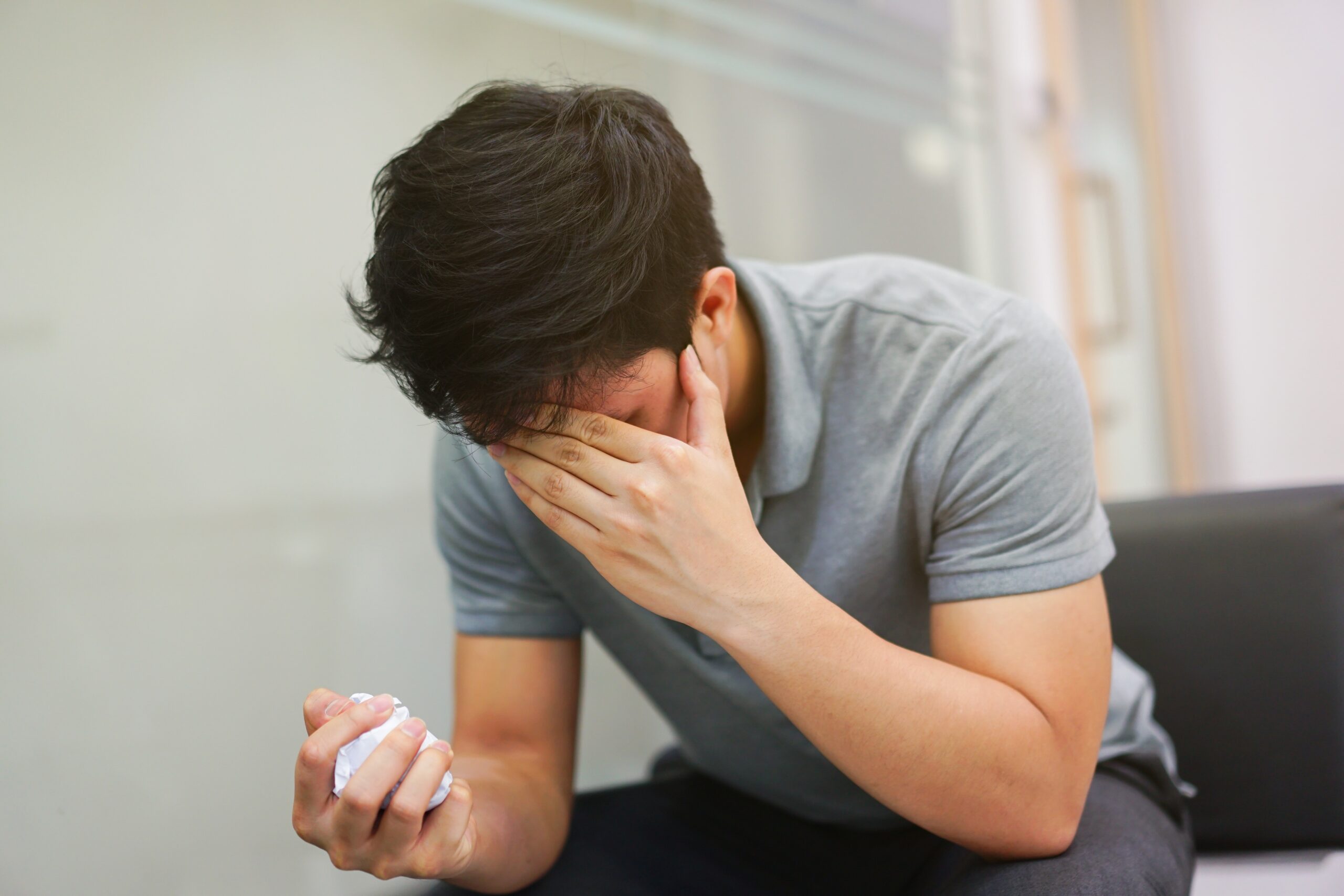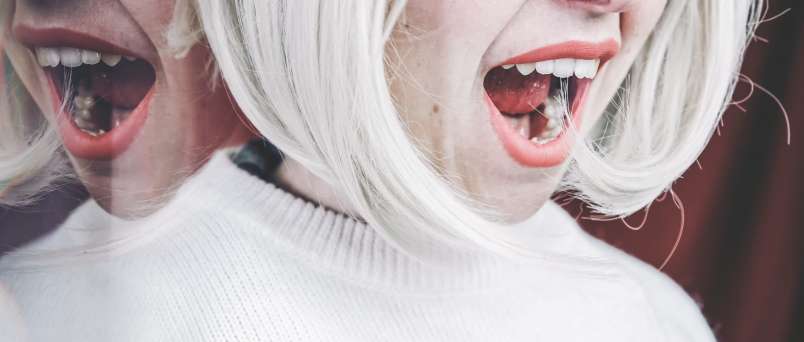What are the Symptoms of Bipolar Disorder?
Welcome to the topic, “What are the symptoms of bipolar disorder?”
Bipolar disorder is characterized by severe mood swings. These can vary from extreme lows (depression) to extreme highs (mania).
Episodes of depression and mania often last for many weeks or months.
Depression :
Symptoms in a period of depression may include:
• Lacking energy
• Difficulty remembering and concentrating on things
• Feeling sad, irritable, or hopeless most of the time
• Feeling negative about everything
• Loss of interest in daily activities
• Being delusional, having disturbed or illogical thinking and hallucinations
• Feelings of worthlessness
• Waking up early
• Difficulty sleeping
• Suicidal thoughts

Mania:
The symptoms of the mania in bipolar disorder may include:
• Talking very quickly
• Feeling self-important
• Feeling very elated, happy, or overjoyed
• Being easily agitated or irritated
• Being delusional, having disturbed or illogical thinking and hallucinations
• Not eating
• Feeling full of energy
• Not feeling like sleeping
• Doing things that often have terrible consequences – such as spending large quantities of money on costly and sometimes unreasonable items
• Making decisions or doing things that are out of range and that others see as being dangerous or harmful
Patterns of depression and mania:
If an individual has bipolar disorder, he may have episodes of depression more frequently than episodes of mania, or vice versa.
Between episodes of mania and depression, he may sometimes have periods where he has a “normal” mood.
The pattern of episodes may not be the same for everyone, people may experience:
• Rapid cycling – where an individual with bipolar disorder repetitively swings from a high to a low phase rapidly without having a “normal” phase in between.
• Mixed state – where an individual with bipolar disorder faces symptoms of depression and mania combined; for example, over-activity with a depressed mood.
If mood swings last a long time but are not severe sufficient to be classed as bipolar disorder, it may be diagnosed as a minor form of bipolar disorder called Cyclothymia.
Living with bipolar disorder:
Bipolar disorder is a state of extreme mood swings. An individual with bipolar disorder may be unmindful they’re in the manic phase.

• After the episode is over, the person becomes shocked at his behavior. But at that time, they think that the people around them are unhelpful or negative.
• Some individuals with bipolar disorder have more severe and frequent episodes than others.
• The extreme nature of the disorder means staying in a job may be hard and relationships may become overwrought. There’s also a bigger risk of suicide.
• During episodes of depression and mania, somebody with bipolar disorder may experience weird sensations, such as seeing, smelling, or hearing things that are not their hallucinations.
Final words:
Bipolar disorder can lead an individual to the peak of risk. The most dangerous result can be suicide. For individuals who wanted to know what are the symptoms of bipolar disorder? this article must be helpful. For more information about bipolar disorder diagnosis and treatment contact us now!

